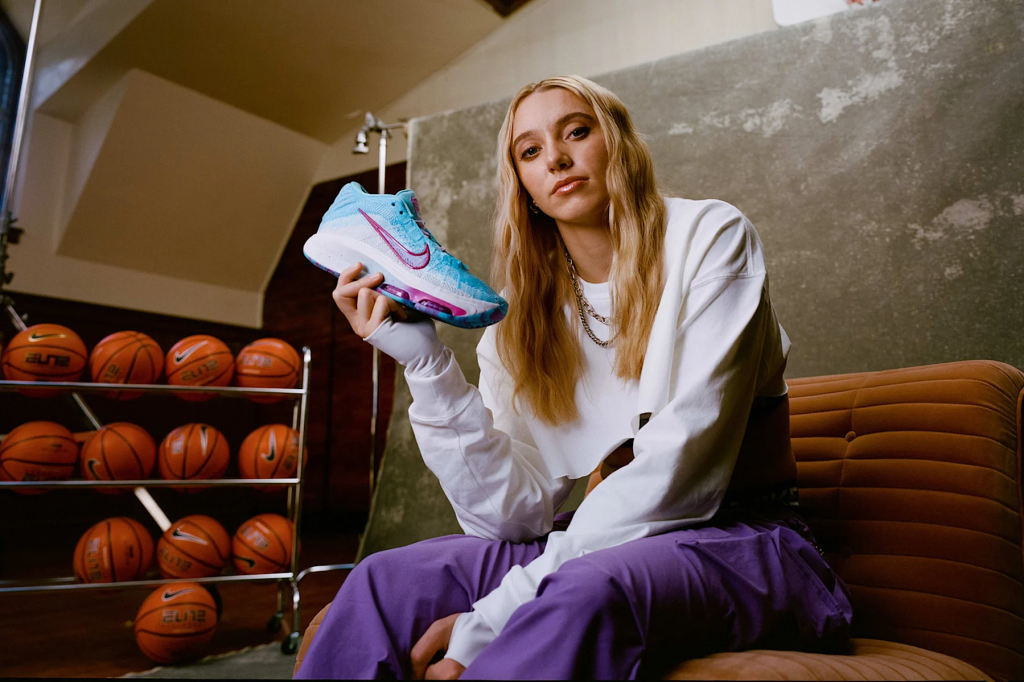How Nike Uses IP to Dominate the Sneaker Market

In a fiercely competitive sneaker market, signature brands that effectively utilize intellectual property are propelled into faster growth Nike, a leader in the industry, expertly capitalizes on the success of their elite athletes and branding. With the advent of NIL (Name, Image, and Likeness) agreements, Paige Bueckers of the University of Connecticut became the first NIL athlete to achieve a shoe deal. On 7 December 2024, Nike released the G.T. Hustle 3 Paige Bueckers Player Edition, featuring a baby blue and lavender colourway with personal homages. This launch highlights Nike’s dual focus: creating innovative designs for elite athletes while aggressively protecting their intellectual property.
Nike relies on its patents and trademarks to remain ahead of its competition. The key technology in Bueckers’ shoe is Nike’s patented “Air Zoom” technology, in the forefront and Strobel (thin cushioning layer), to create a double-layer that boasts enhanced energy storage and return. In comparing Nike’s patents, Air Zoom technology does not hold the same revolutionary status as Nike’s Flyknit technology. Nike’s Flyknit technology is protected by nine patents filed between 2012 and 2023. Recognizing its value, Nike shifted to offense in filing patent-infringing lawsuits against New Balance and Sketchers in 2023.
The uniqueness of Bueckers’ shoe lies in its performance-enhancing technology but also in its design and branding. The visual appearance of the product, also known as trade dress, is integral to Nike’s strategy to distinguish themselves in a competitive market. As a result, in recent years, Nike has vigilantly targeted counterfeiters, customizers, and resellers, including Dominic Ciambrone, known as The Shoe Surgeon. The harmful consequences of The Shoe Surgeon teaching consumers how to make their own version of these products pushed Nike to take legal action after attempting to solve this outside the courtroom.
While Nike’s litigious strategy protects its innovations, this strategy raises questions about the balance between protecting innovation and fostering competition. The large number of patents that Nike holds limits other companies from growing in the industry. In response to the filed patent-infringing claim against New Balance, New Balance countered, “Nike does not own the exclusive right to design and produce footwear by traditional methods that have been used in the industry for decades.”
To address these concerns, the industry may need to utilize a more balanced approach to foster collaboration, either through licensing agreements or joint innovation initiatives. These opportunities could encourage creativity in apparel design while maintaining strong intellectual property (IP) protections. For now, fans and athletes alike can look forward to these collaborative athlete shoe agreements.
Sneaker culture is a vibrant subculture within the apparel industry and exemplifies the tensions in the market between balancing creativity and effective IP enforcement. A company like Nike may lead the field in innovation, but it must also navigate the complexities of IP protection without limiting market access to large corporations, small businesses, and individual creators.
